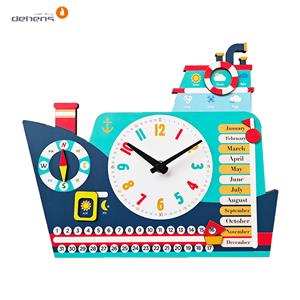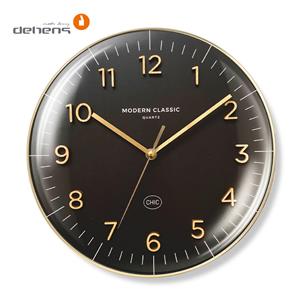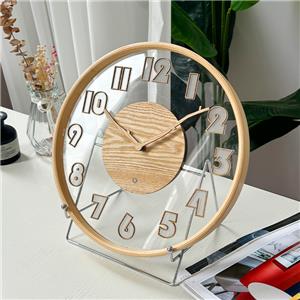The Evolution of Chinese Wall Clocks: From Ancient Sundials to Artistic Masterpieces
The Evolution of Chinese Wall Clocks: From Ancient Sundials to Artistic Masterpieces
---Chinese wall clocks/ancient Chinese timekeeping devices/mechanical wall clocks/Guangzhou wall clocks/Beijing imperial clock
Foundations: Pre-Mechanical Timekeeping (c. 2000 BCE – 16th Century)
Long before mechanical gears, ancient Chinese societies created ancient Chinese timekeeping devices that set the stage for later clockmaking, focusing on precision and symbolism.
1.1 Sun Clocks: Early "Wall" Timepieces
Han Dynasty (202 BCE–220 CE) sundials added 12 two-hour markings and a North Star-aligned pointer. Mounted on walls, these were early "wall timepieces" but only worked on sunny days. A preserved Inner Mongolia sundial still shows 100-interval markings (14.4 modern minutes each), showcasing ancient craftsmanship.
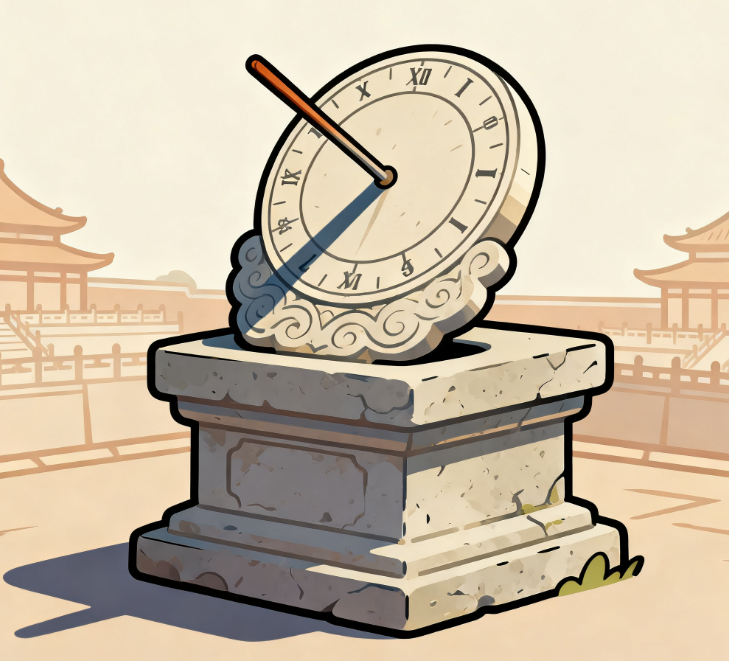
1.2 Water & Fire-Powered Innovations
Civilians used incense and candle clocks—affordable ancient Chinese timekeeping devices. Incense sticks with wax and markings burned to show time; some had weights that clicked on metal plates. Candle clocks used etched markings. By the Song Dynasty (960–1279 CE), these filled homes and shops, though less precise than water clocks.
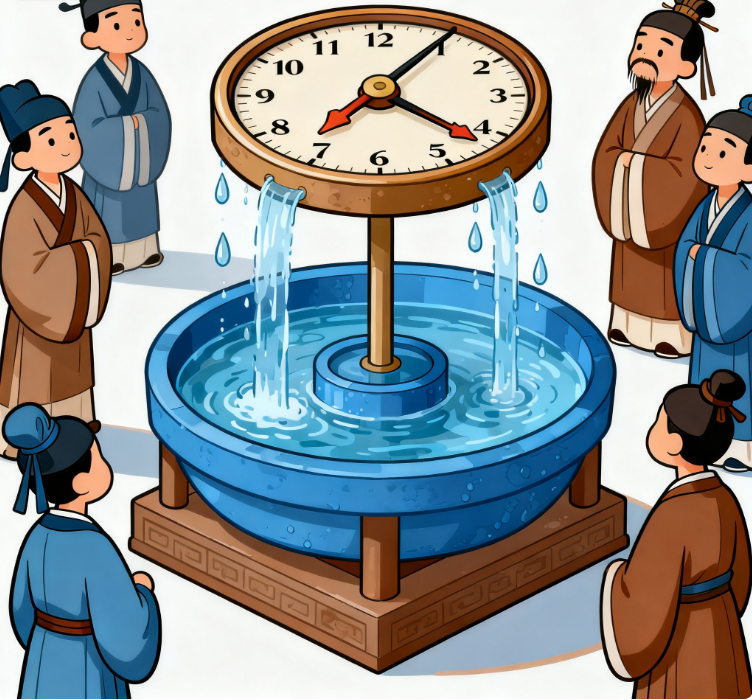
1.3 The First Mechanical Precursor
The Song Dynasty’s 1088 astronomical tower (by Su Song and Han Gonglian) was a 35-foot marvel. Its water-driven mechanism regulated time—an early escapement, 300 years before Europe’s. Wooden puppets rang bells every 15 minutes and gongs every two hours, hinting at Chinese wall clocks’ future chimes. The tower built China’s mechanical timekeeping reputation.
2. Fusion: Rise of Mechanical Wall Clocks (16th–18th Centuries)
16th-century European missionaries brought mechanical "chimney clocks," sparking exchange. Over 200 years, craftsmen made mechanical wall clocks merging Western engineering and Chinese art.
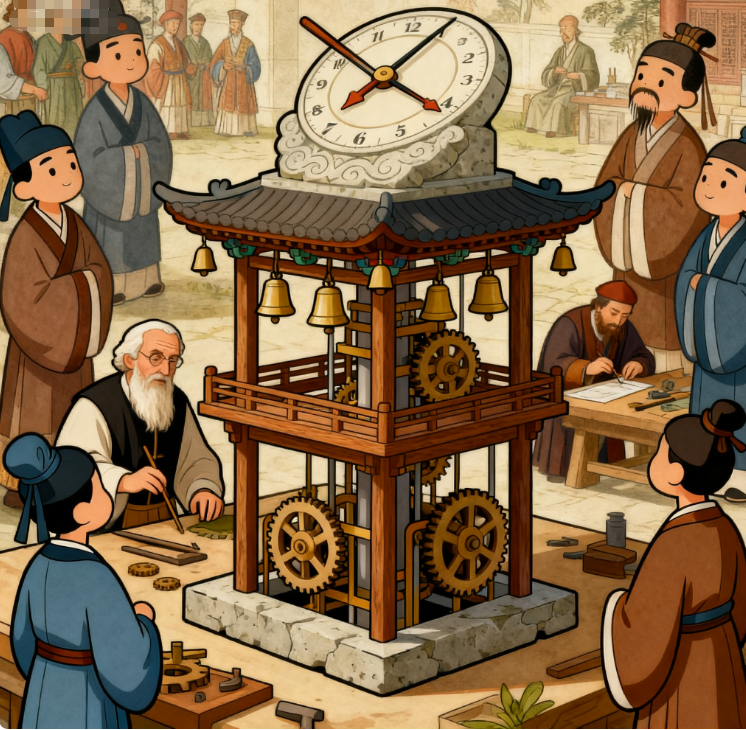
2.1 Jesuits: Bringing Western Clocks
In 1582, Jesuit Matteo Ricci gave two mechanical clocks to Ming Dynasty (1368–1644) officials. Emperor Wanli ordered craftsmen to replicate a larger clock Ricci later gifted. By the 17th century, Portuguese and Dutch merchants imported European clocks via Guangzhou. Jesuits like Adam Schall von Bell taught Chinese artisans Western metallurgy and gear design, spawning three Chinese wall clocks hubs: Beijing, Guangzhou, and the Yangtze Delta.
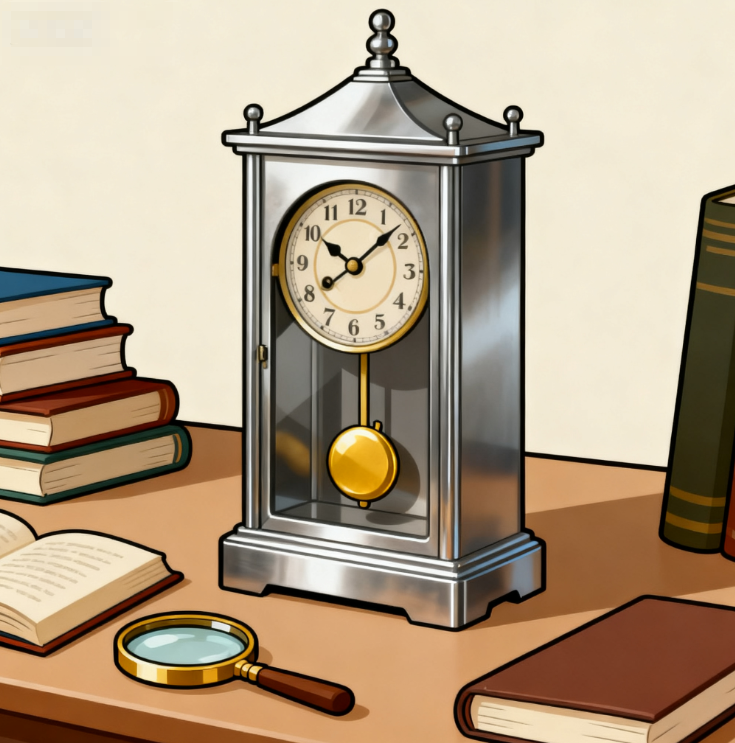
2.2 Guangzhou: Birth of "Guangzhou Wall Clocks"
Guangzhou, China’s trade port, made the first true Chinese wall clocks—"Guangzhou wall clocks." For authentic vintage pieces, visit our Vintage Chinese Wall Clocks Gallery.
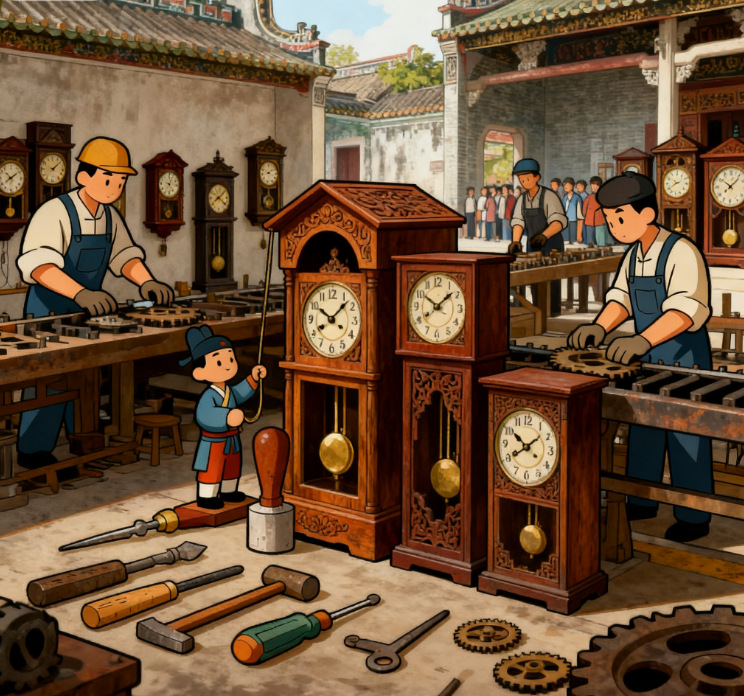
2.2.1 Wooden Case Dominance
A 1728 Palace Museum "Guangzhou wall clock" has an arched frame, detachable doors, and a dial with traditional and Arabic numerals. Its weight-driven mechanism and hourly bell make it functional and charming. Shop similar styles at our Handmade Wooden Wall Clocks Collection.
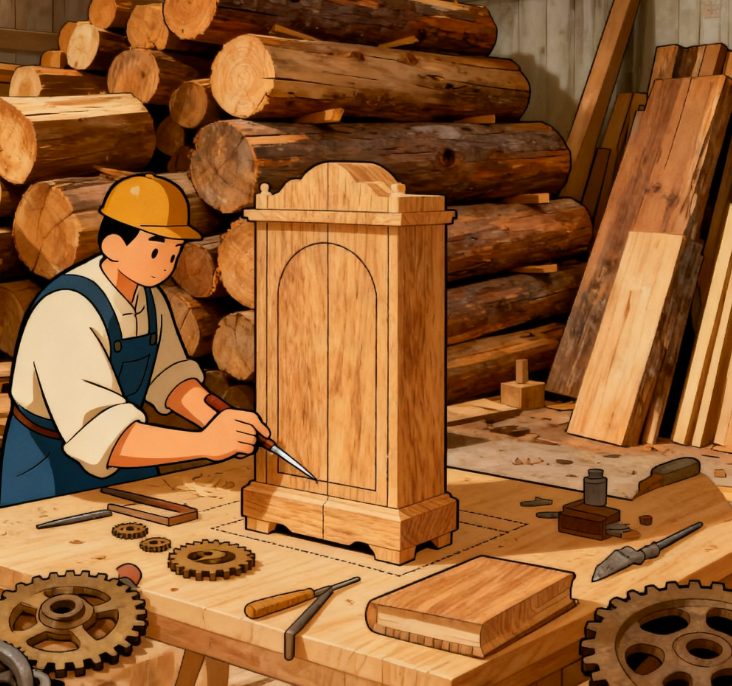
2.2.2 From Court to Market
Commercial "Guangzhou wall clocks" had simpler designs but retained artistry—rectangular cases, circular dials, and pagoda tops. Western traders sought them, making them exports. Explore modern versions at Export-Style Chinese Wall Clocks.
2.3 Beijing: Imperial "Beijing Imperial Clocks"
Late 18th-century "Beijing imperial clocks" added "moving figures"—puppets that struck gongs or bowed hourly. A 1780 clock has a bowing religious puppet, blending spirituality and mechanics.
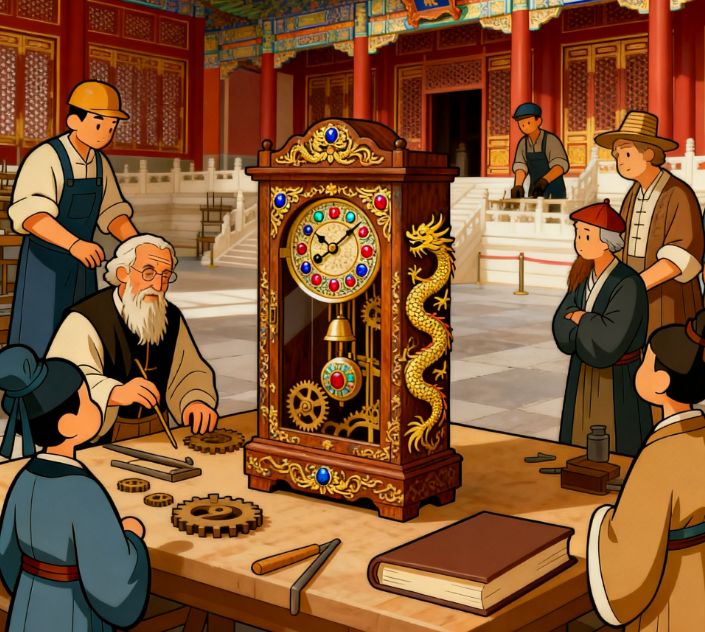
2.4 Yangtze Delta: "Jiangnan Wall Clocks"
Suzhou’s "Jiangnan wall clocks" had latticework cases for clear chimes. A 1790 Shanghai Museum clock has a lake-painted dial and bamboo-shaped hands, plus a "silent mode" for study.

Nanjing pioneered enameled "Jiangnan wall clocks"—vibrant, with peonies (prosperity) and cranes (longevity). A 1820 Nanjing Museum clock has a blue enamel case with gold inlays of the Eight Immortals, showing regional innovation.
---Chinese wall clocks/ancient Chinese timekeeping devices/mechanical wall clocks/Guangzhou wall clocks/Beijing imperial clock

